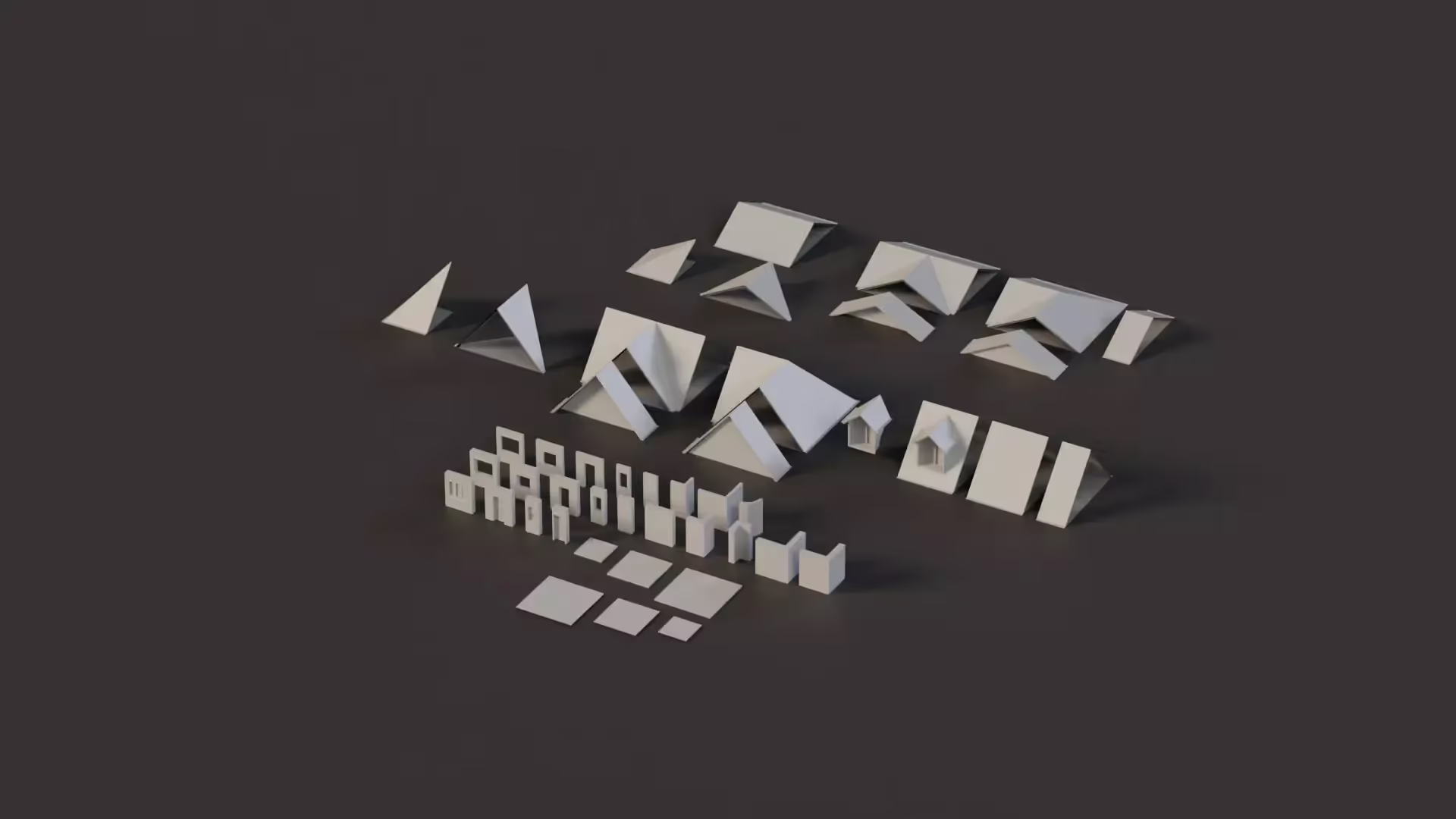Null Reference Exception
A ‘Null Reference Exception’ can be a horrifying experience for a new Unity developer. These exceptions are common, yet they often create confusion and frustration. This article aims to help new developers understand Null Reference Exceptions, explaining their causes, offering debugging techniques, presenting best practices, and showcasing real-world examples. By the end, you’ll be better equipped to handle these exceptions.
Causes of Null Reference Exceptions
A Null Reference Exception in Unity occurs when you try to access a member (like a method or variable) of a reference type variable that is currently null. This usually happens for several reasons. Here are some of the most common ones.
- Unassigned References: The most common cause. It occurs when you forget to assign an instance to a variable in the Unity Editor or through code.
- Unavailable GameObjects or components: Trying to access a component of a GameObject that is not available in the scene.
You will know that you have encountered a Null Reference Exception when you see the console warn you with the following error: “Object Reference Not Set to an Instance”.
Debugging Techniques
When faced with a Null Reference Exception, follow these steps to debug:
- Read the Error Message Carefully: Unity’s console provides the line number and the script where the error occurred. You can use this to identify which member is causing the issue.
- Use Debug.Log Statements: Place Debug.Log statements before the error line to check if any variable is null.
- Check the Unity Inspector: Ensure that all public variables have references assigned in the Inspector.
- Utilize Breakpoints: Use breakpoints in the Unity Debugger to inspect the state of variables at runtime.
Prevention Best Practices
Preventing Null Reference Exceptions is better than fixing them. Follow these best practices:
- Always Initialize Variables: Make it a habit to initialize variables either in the Unity Inspector or through code.
- Null Checks: Implement null checks (if (variable != null)) before accessing members of an object.
- Use Unity’s [SerializeField] Attribute: It allows private fields to be visible and set in the Unity Editor, reducing the risk of unassigned references.
- Consistent Coding Standards: Adopting coding standards can help in writing more readable and less error-prone code.
Real-World Examples
- Unassigned Reference: A common scenario is forgetting to drag a GameObject into a public field in the Inspector, leading to a Null Reference Exception when trying to access it in the code.
- Destroyed GameObject: Accessing a component of a GameObject after calling Destroy(gameObject) causes this exception. It’s essential to check if the GameObject exists before accessing its components.
- Scene Transition: Losing reference to a non-persistent object when a new scene loads. To avoid this, consider using DontDestroyOnLoad for objects you want to persist.
- Prefab Instantiation Issue: When instantiating a prefab, a new game object is created in the scene hierarchy. A common mistake is attempting to access the prefab instead of the instantiated game object, leading to a null reference exception.
Conclusion
New developers get better at fixing Null Reference Exceptions as they gain experience. Understanding their causes and learning effective debugging and prevention techniques can help you fix these errors faster. Remember, most of these exceptions happen due to simple oversights or misunderstandings about how Unity manages objects and scenes.
By following best practices and being meticulous in your code and in the Unity Editor, you’ll significantly reduce the occurrence of these errors. As you grow more experienced, you’ll find these exceptions becoming less frequent and more manageable.


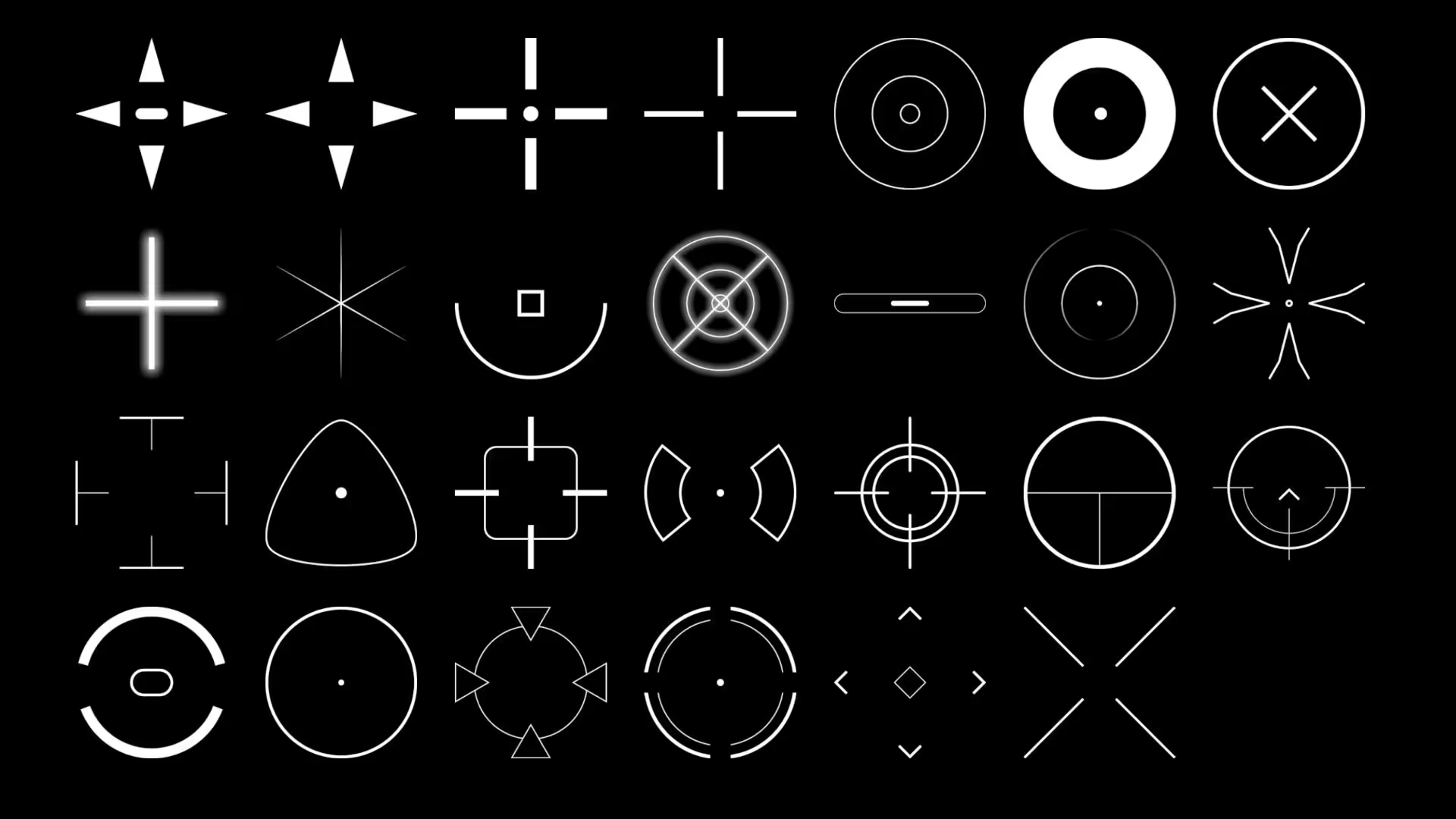

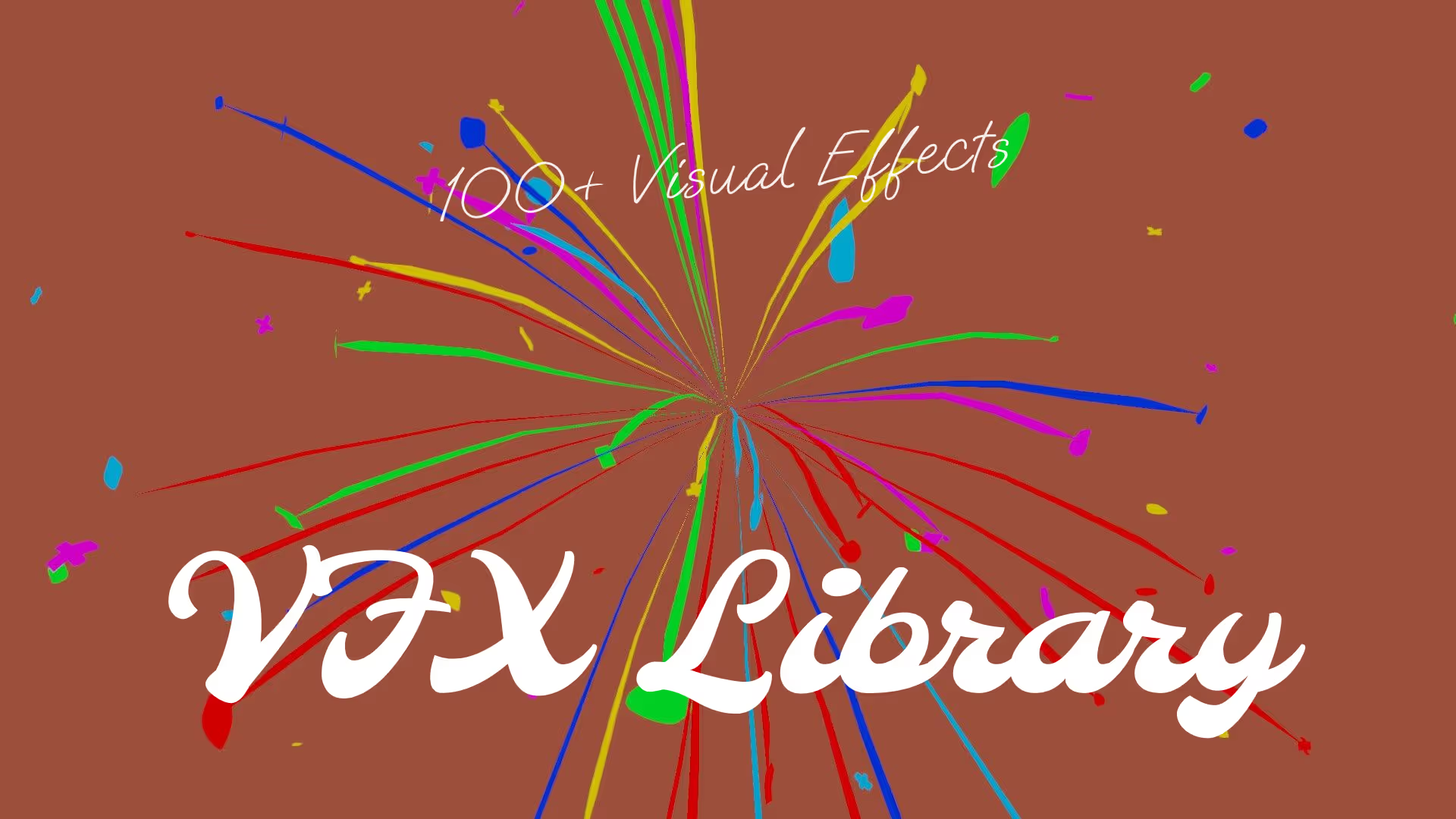




.avif)

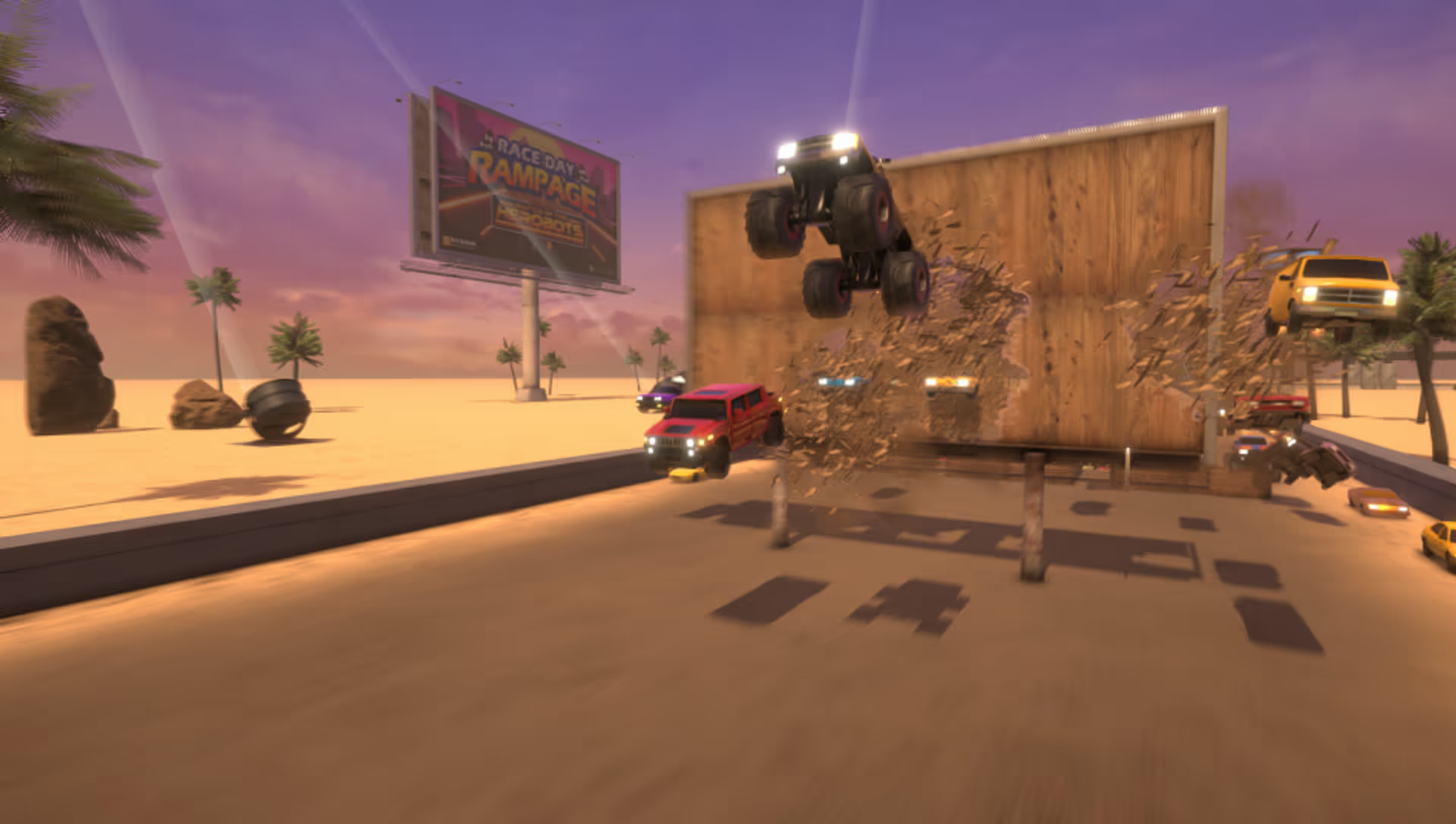


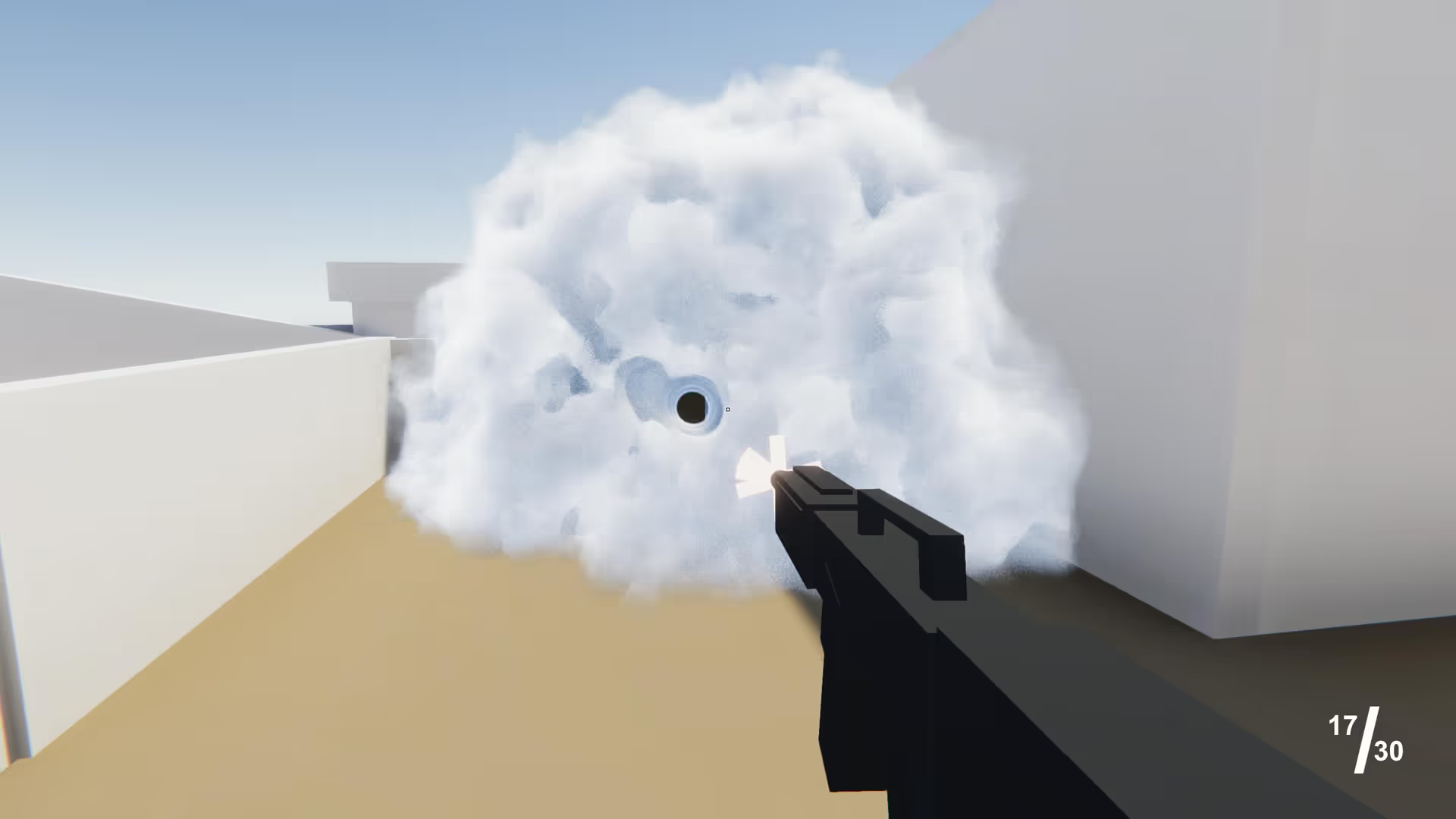

.avif)
